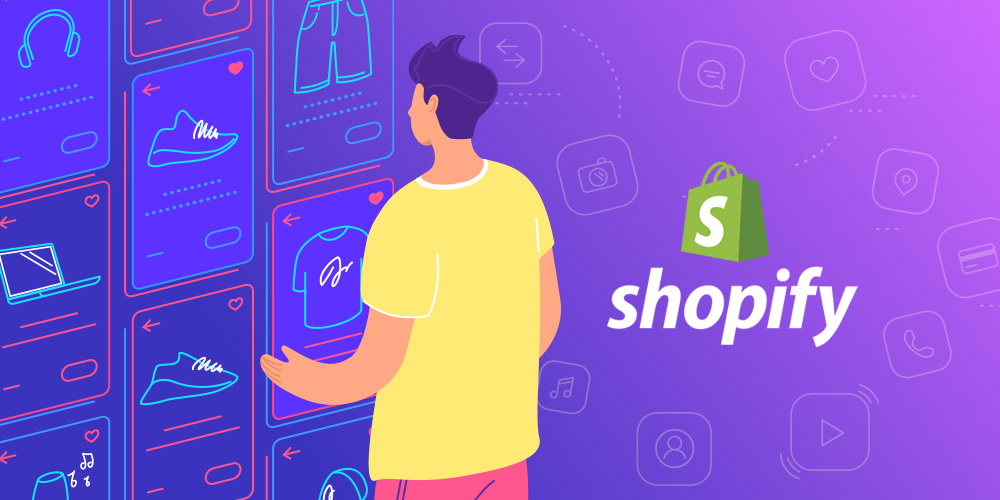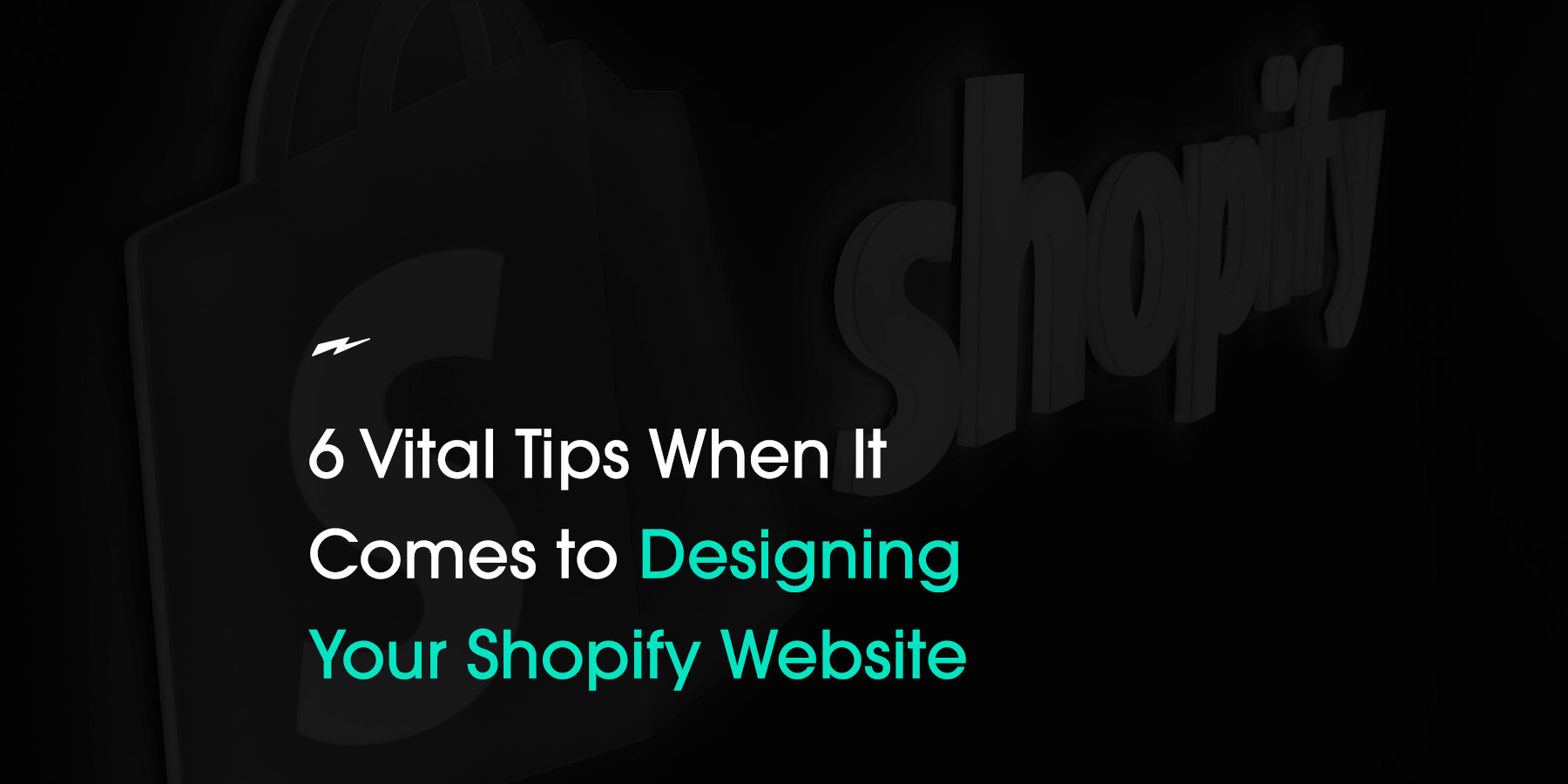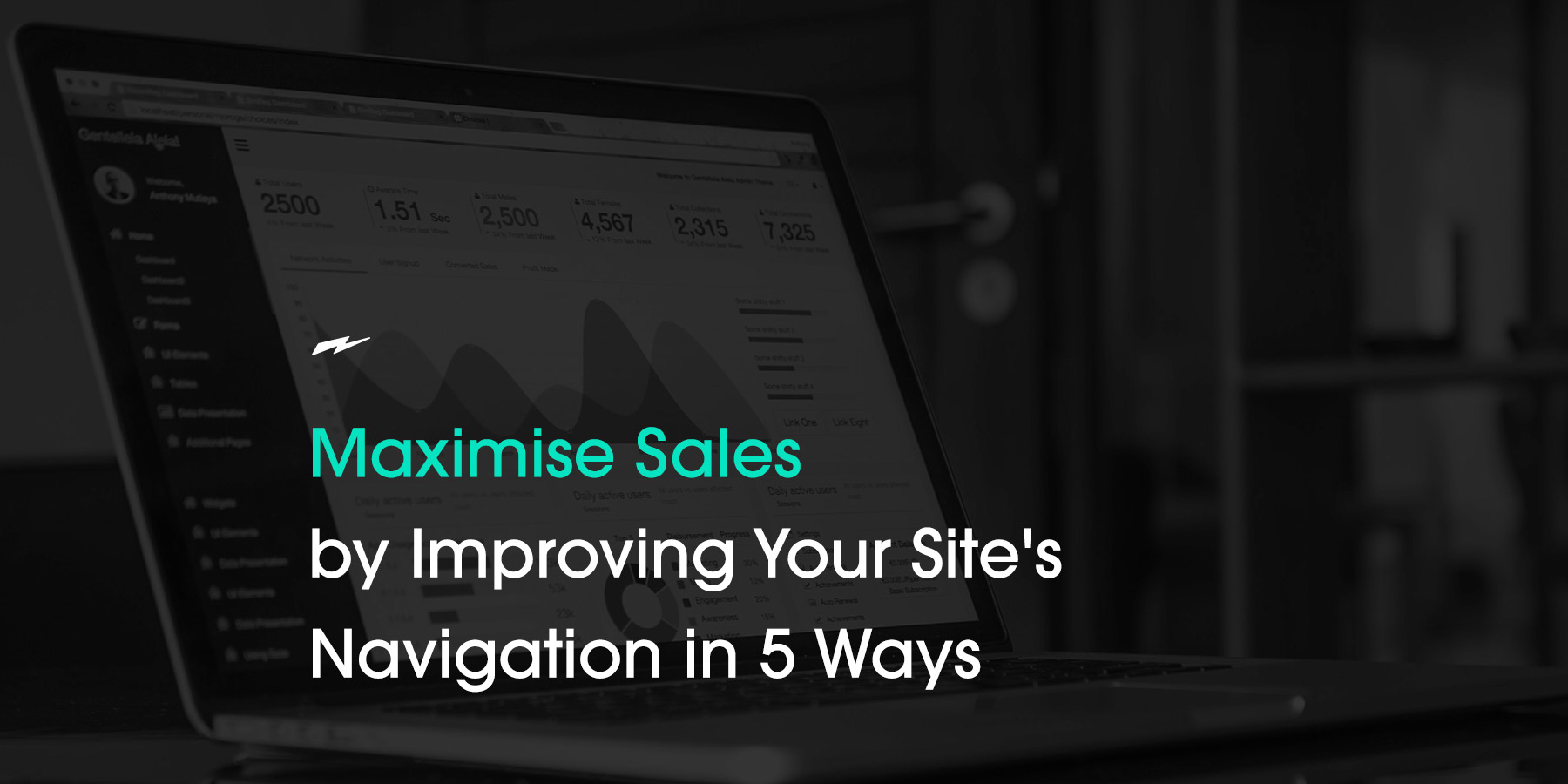Strong content marketing is a sure-fire way to make your audience feel connected and engaged with your brand.
Why do you want this connection? Because customers who are ‘fully connected’ are over 50% more valuable than just highly satisfied customers.
How do you make this connection with your customers? Through creating strong, engaging, content, putting it out there, then closing the sale.
Read on for some tips and tricks on how you can use content marketing to turn your ‘maybe’s’ into ‘sales.’
The sales funnel and why your content should be stage-specific.
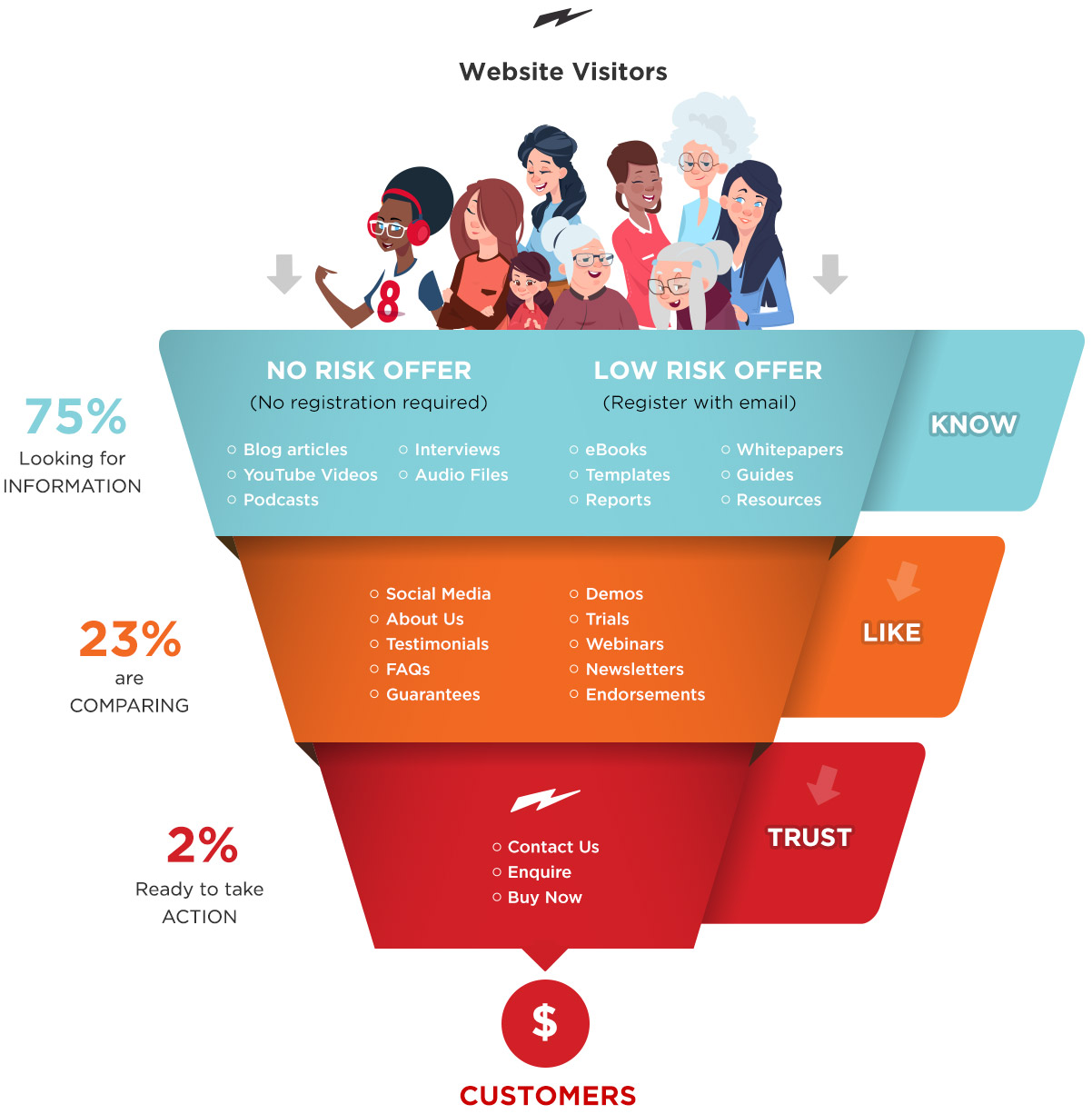
Two-thirds of traffic to your ecommerce website are new visitors who will never visit again. This means the remaining third are returning visitors, trying to learn more and decide whether to buy or not. These consumers can visit up to five times before actually buying.
Content creation to compliment your eCommerce website can boost sales and traffic, as 70% of your customers would rather learn about your business from an article than an advertisement. It is a top-of-funnel strategy that will grab your visitors from the moment they come to your online store.
People will discover your website, think about the product, think some more, forget completely, see your retargeting ad, and they may finally choose to buy.
By understanding the way people buy, you can create specific content tailored to their needs, guiding them further down the sales funnel.
The sales funnel has three basic stages:
- Awareness
- Consideration
- Decision
Tailored content for each stage is crucial; people still in the awareness stage are not ready to buy, therefore content revolving around a hard-sell strategy will likely fall on deaf ears.
Instead, this is the perfect time to inform, educate and build brand awareness.
Plan out your interesting and engaging content
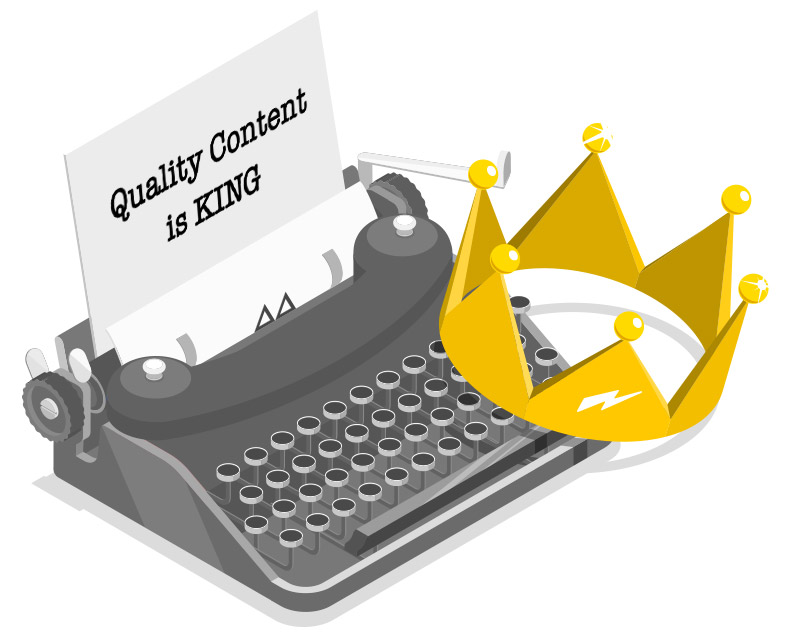
These days, content is everywhere. The only way to stand out from the crowd is by having a content plan.
- What topics should you focus on?
- What form will you use? (ie: blogs, social media posts, videos etc.)
- How will you put it out?
Deciding on your topic should be easy. Who is your target market and what appeals to them most? What do they want to know more about? Identify their problems and provide a solution.
If you are struggling to generate content ideas or topics, look at what others in the same niche are putting out. Sign up for their newsletters, listen to podcasts, join Facebook groups or start your own! Most important of all, ASK your customers what they want to know!
If the content is more engaging, your audience is more likely to share. Include images, infographics and more where possible.
A few good forms of content include:
- Blog articles
- Social media updates
- eBooks
- Podcasts
- Videos
- Advertisements
If you can’t create your own content, look into building a ‘resource centre’, basically your own curated library of content relevant to you.
How will you deliver your content?
Once your content is created, how will you get it to your audience? Some of the most common ways include:
- Posting directly on your eCommerce website
- Via social media
- By email
The campaigns sent to your email marketing list can repeatedly drive traffic back to your website by providing incentives to return. One of the main reasons people opt-in for email marketing is due to the special offers they may receive.
Shopify’s email buy button makes it simple for customers to go direct to checkout via an email offer. So what should you include in your emails?
Try these:
- Newsletters keep customers regularly updated with the business and can provide all the latest information on new products
- Drip campaigns slowly educate and inform your audience over time
- Special occasions such as holidays and birthdays
- Abandoned cart reminders gently nudge your customer to complete a purchase
- Discount offers for loyal customers, so they keep returning to you
- Trigger emails for when a customer takes a specific action. For example, they could search for ‘Women’s makeup’, then a ‘Lipstick Discount Sale’ email is triggered a few days later.
Email marketing is 40x more effective than marketing on social media, where information can get lost amongst all the other noise. Your offer is simply sitting in your customers inbox just waiting to be opened.
However, for your campaigns to be successful, you’ll want to use multiple channels. While social media may not be as effective at converting, your content is easily shareable, widening your reach.
Keep posting blogs, then post some more!
We’ll keep it simple: more blog posts = more website visits.
According to HubSpot, companies that publish 16 or more blog posts a month receive 3.5 times more traffic than companies that publish less than four posts a month. The size of your company doesn’t matter, more posts mean more visits.
Posting over time will also increase the visit numbers, so post often and consistently, with relevant, fresh content and you will see a steady rise in traffic, leads and sales.
But how do I turn potential leads into sales?
Website traffic and leads are great, but you ultimately want to convert them into SALES. So how does this happen? Firstly, every campaign you send out should have its own landing page. This is the best way to make the hard-sell to your customers who are already in the ‘ready-to-buy’ stage.
Use remarketing ad campaigns by targeting cart abandonment to try to catch any customers who drop off. Perhaps they weren’t ready to buy yesterday, but all they needed was a little nudge in the form of your Facebook ad reminding them of your product. Create an ad asking them if they forgot to buy. Make it easy by including a picture of the item and a link to purchase. You may even want to add a discount to sweeten the deal.
To magnify the results, Shopify recommends using urgency in your content marketing but making the customer feel that they may miss out. Use terms such as ‘limited time only’ ‘limited edition’ and ‘going fast’. You will also need a clear CTA (Call To Action) button such as ‘shop now’, ‘sign up’ or ‘learn more’.
—
Conclusion
When it comes to driving traffic back to your website, you need to focus on creating high-quality content that stops potential customers from scrolling down their social feed and actually read what you’re advertising. Your content needs to be engaging, captivating and ultimately, ‘shareable’ to achieve the best results.
Your content should be created with your ideal target audience in mind, with a clear understanding of what stage of the sales funnel / buyers mindset, they’re currently in.
We could go on and on about creating content and different strategies but the main thing to remember is to be consistent. When you think you’ve posted enough for the month… just keep posting more quality content (with an emphasis on ‘more’).
If you would like to know more about digital marketing strategies for your Shopify website, feel free to get a free quote or reach out on social media, we’re always happy to help where we can 🙂

